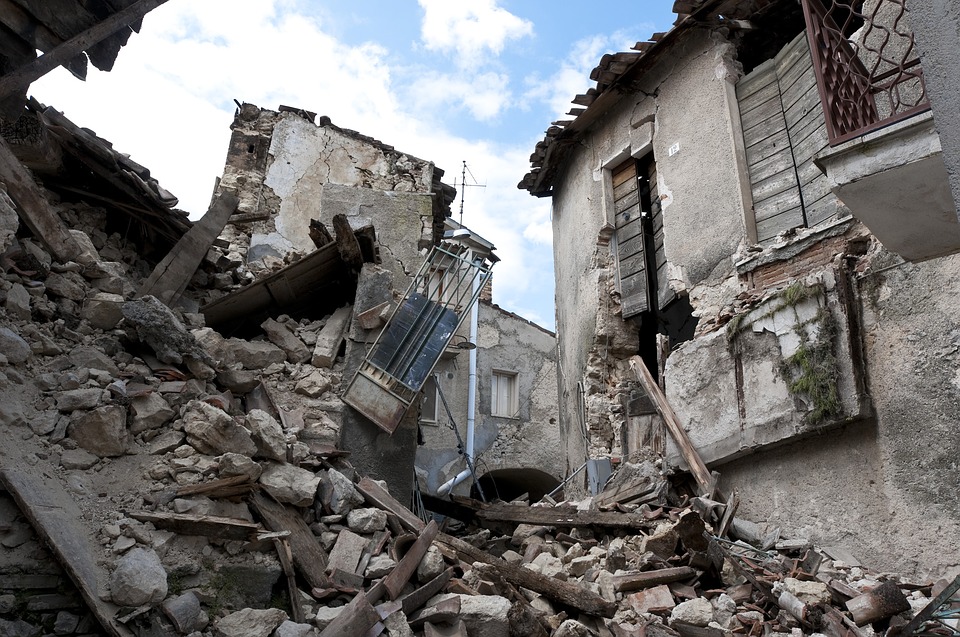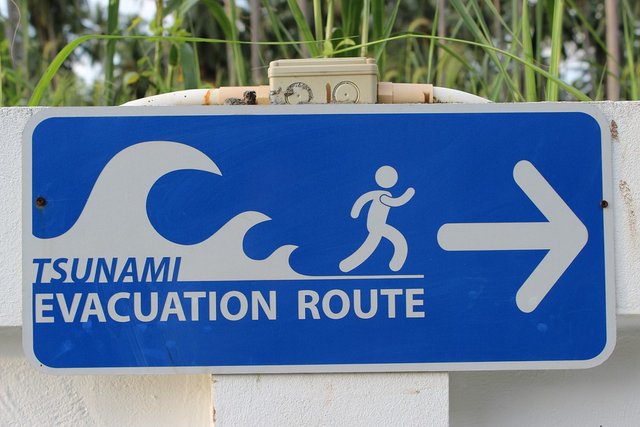The Importance of Disaster Education
Disaster education is important for students in disaster-prone countries. In this case, I took the example in Indonesia. Indonesia is one of the most disaster-prone countries. The most devastating disaster in the last two decades is the earthquake and tsunami in Aceh that occurred at the end of 2004.
The 2004 Indian Ocean earthquake occurred at 00:58:53 UTC on 26 December with the epicentre off the west coast of Sumatra, Indonesia. The shock had a moment magnitude of 9.1–9.3 and a maximum Mercalli intensity of IX (Violent). The undersea megathrust earthquake was caused when the Indian Plate was subducted by the Burma Plate and triggered a series of devastating tsunamis along the coasts of most landmasses bordering the Indian Ocean, killing 230,000–280,000 people in 14 countries, and inundating coastal communities with waves up to 30 metres (100 ft) high. It was one of the deadliest natural disasters in recorded history. Indonesia was the hardest-hit country, followed by Sri Lanka, India, and Thailand.[1]
In general, there are two types of disasters, which are disasters caused by nature and human & technology caused. Natural types of disasters, for example agricultural diseases & pests; damaging winds; drought and water shortage; earthquakes; emergency diseases (pandemic influenza); extreme heat; floods and flash floods; hail; hurricanes and tropical storms; landslides & debris flow; thunderstorms and lighting; tornadoes; tsunamis; wildfire; winter and ice storms; and sinkholes. While man-made and technological types of disasters, for example hazardous materials; power service disruption & blackout; nuclear power plant and nuclear blast; radiological emergencies; chemical threat and biological weapons; cyber attacks; explosion; and civil unrest.[2]
Disasters come at any time, even disasters that can not be predicted by humans. Therefore, the public must know how to minimize the loss or how to save themselves personally and people around from disaster. One thing that can be done is to introduce disaster and how to overcome it early on. And that can be done by formal educational institutions.
Disaster education covers many important aspects of disaster. For example, the introduction of potential disasters around, the ever-present disaster history, forms of anticipation, increased awareness of the signs of disaster, the impact of disasters for individuals, families and communities, how to deal with disasters, and how to save themselves from disasters. Through disaster education, it does not mean the risk of disaster impacts can be reduced so that it does not have any impact at all. Objectives and expectations to be achieved through disaster education is to achieve at least the risk of disaster impact.[3]
In my opinion, there are some things we can do as educators. The first is integrating disaster education into the subjects we teach. This integration process requires educators to understand about disaster. Educators can read on the internet. In addition, school management can also invite disaster experts to deliver socialization in front of educators.
The second step is to do a mass simulation in the face of disaster. We do that every year. We simulated how to deal with earthquakes and tsunamis. These are the disasters we often experience. This simulation is done every December 26th. The date will continue to be remembered as a day of mourning.
The final step is to encourage governments to make policies on disaster education. We do not have a basic curriculum on disaster education. Disaster curriculum is limited to certain subjects, such as geography. This policy is important to support disaster education.
Those are some of my thoughts on the importance of disaster education as part of education. Early disaster prevention is essential for disaster-prone countries.
References:
[1] https://en.wikipedia.org/wiki/2004_Indian_Ocean_earthquake_and_tsunami
[2] http://restoreyoureconomy.org/disaster-overview/types-of-disasters/
[3] http://www.ubaya.ac.id/2014/content/articles_detail/139/Pentingnya-Pendidikan-Kebencanaan.html


I was thinking the other day, some thing we take for granted but there are so many kids that we need to teach kids. Good info thank you. Resteeming
Thank you for resteem!
Good information thank you
Welcome
It's like in the 1950's when people use to prepare for being bombed by Russia. There were so many bomb shelters built and kids were taught what to do, just in case. More education like this could save many lives, especially if those kids end up teaching it to someone else later.
Agreed
Congratulations! This post has been upvoted from the communal account, @minnowsupport, by teukumukhlis from the Minnow Support Project. It's a witness project run by aggroed, ausbitbank, teamsteem, theprophet0, someguy123, neoxian, followbtcnews/crimsonclad, and netuoso. The goal is to help Steemit grow by supporting Minnows and creating a social network. Please find us in the Peace, Abundance, and Liberty Network (PALnet) Discord Channel. It's a completely public and open space to all members of the Steemit community who voluntarily choose to be there.
http://www.ubaya.ac.id/2014/content/articles_detail/139/Pentingnya-Pendidikan-Kebencanaan.html ---> refensi ini mengingatkan masa-masa kuliah saya di UBAYA he..he.. :)
Hehe, ayo, Mas! Keluarkan jurus-jurusmu selama di sana.